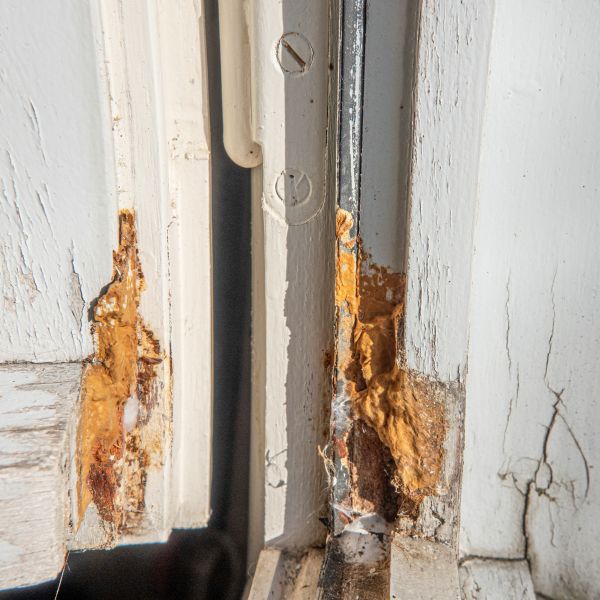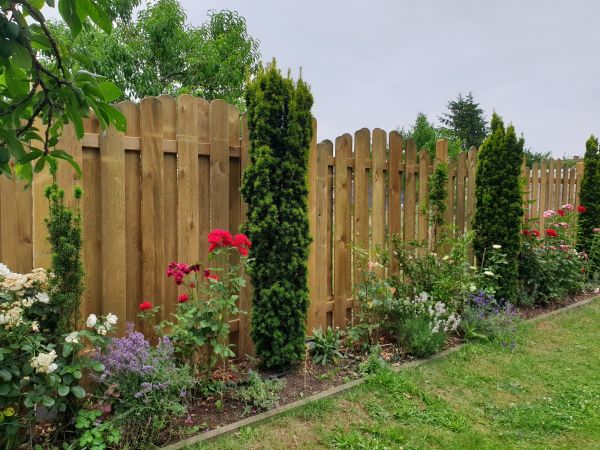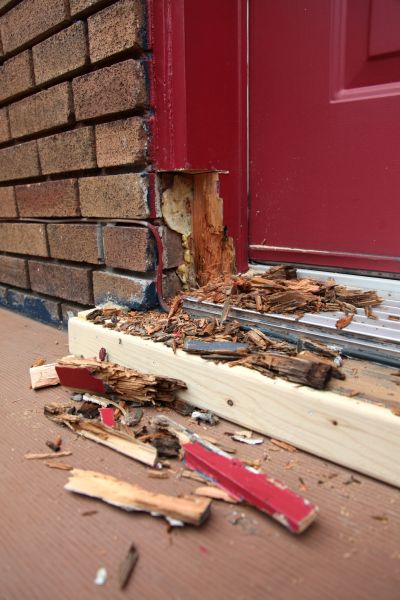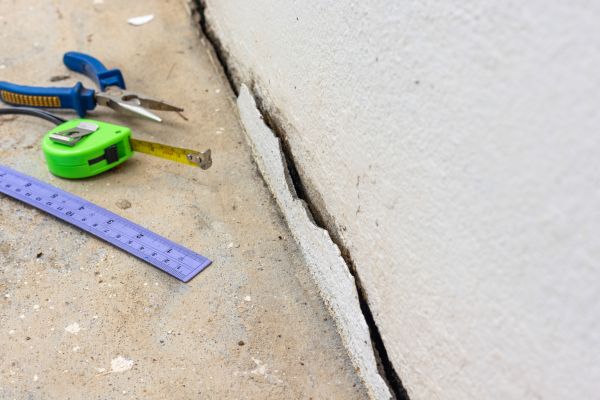Dry Rot Remediation Service
Affordable Dry Rot Remediation
Dry rot remediation is a crucial process for maintaining the structural integrity and safety of any building affected by this insidious form of decay. Dry rot, caused by certain types of fungi, can compromise wooden structures, leading to severe damage if not addressed promptly. This process involves identifying the presence of dry rot, removing affected materials, and treating the area to prevent future occurrences. By addressing dry rot early, property owners can avoid extensive repairs, ensure the safety of their structures, and maintain the value of their investments.
Benefits of Dry Rot Remediation
-
Prevents Structural Damage
Addressing dry rot promptly prevents further deterioration of wooden structures. Left unchecked, dry rot can weaken beams, floors, and walls, leading to costly repairs and potential safety hazards. Remediation ensures that the structural integrity of the building is maintained, protecting both the property and its occupants. -
Improves Property Value
A property free from dry rot is more appealing to potential buyers and can significantly enhance market value. Remediation not only fixes existing problems but also provides peace of mind to future owners that the property is well-maintained and free from hidden issues. -
Enhances Safety
Dry rot can compromise the safety of a building by weakening essential structural components. Remediation eliminates these risks, ensuring that the building is safe for occupants and reducing the likelihood of accidents or injuries related to structural failure. -
Prevents Spread of Fungi
Effective remediation not only removes existing dry rot but also treats the area to prevent future fungal growth. This proactive approach helps to safeguard the entire building from potential infestations, preserving the health of the structure and its inhabitants.
FAQs About Dry Rot Remediation
What causes dry rot?
Dry rot is caused by certain types of fungi that thrive in damp, poorly ventilated conditions. These fungi digest the cellulose in wood, leading to decay.
How can I tell if I have dry rot?
Signs of dry rot include a musty odor, cracking or crumbling wood, and the presence of fungal growth. It often appears as a white, cotton-like substance or as a series of deep cracks in the wood.
Can dry rot spread to other parts of the building?
Yes, dry rot can spread rapidly through wood and even penetrate masonry to reach new areas of a building. This makes timely remediation essential to prevent widespread damage.
Is dry rot remediation a DIY project?
While minor repairs might be manageable, professional remediation is recommended to ensure thorough treatment and prevent recurrence. Experts have the tools and knowledge to effectively address the problem.
Ready to protect your property from the dangers of dry rot? Fill out the contact form today to request professional Dry Rot Remediation and enjoy the benefits of a safe, structurally sound, and valuable property.




